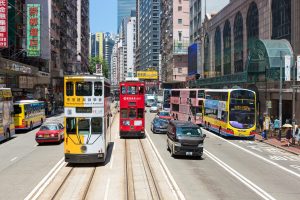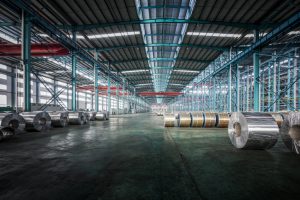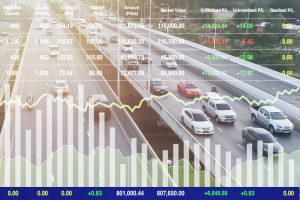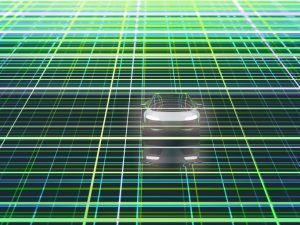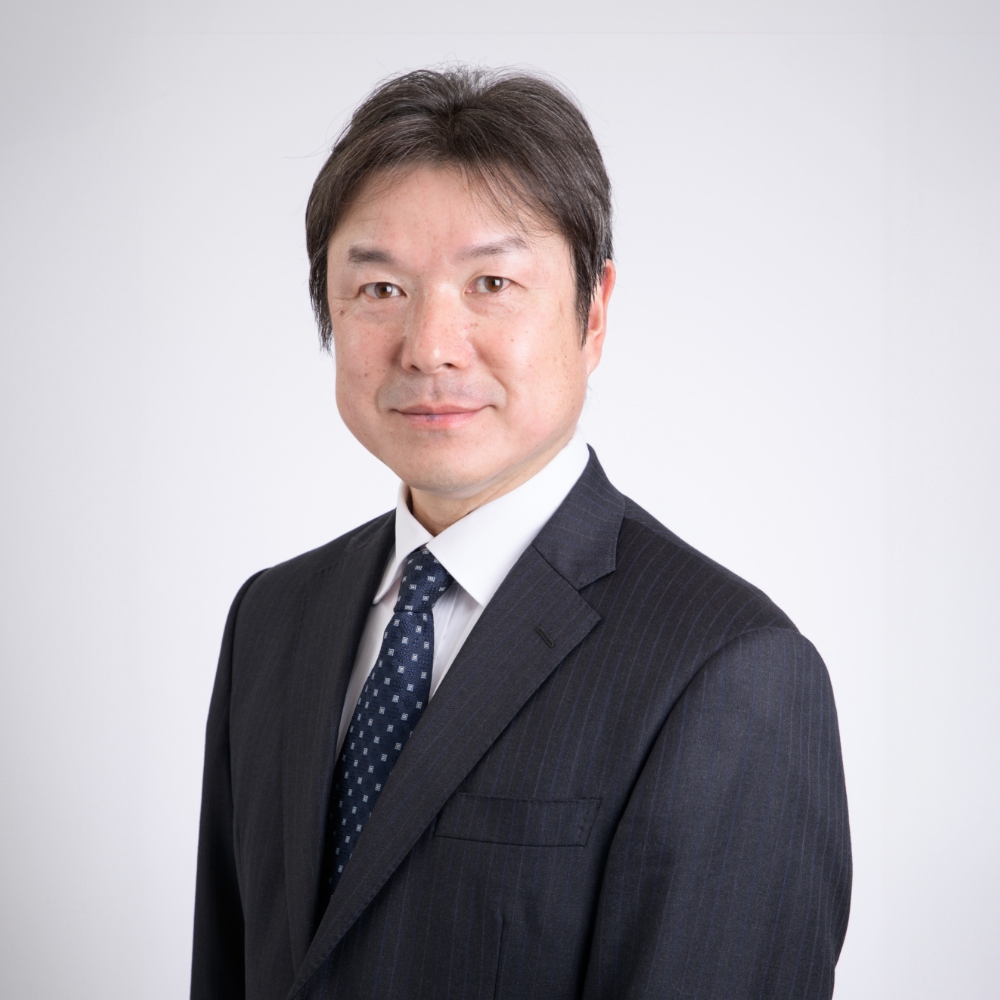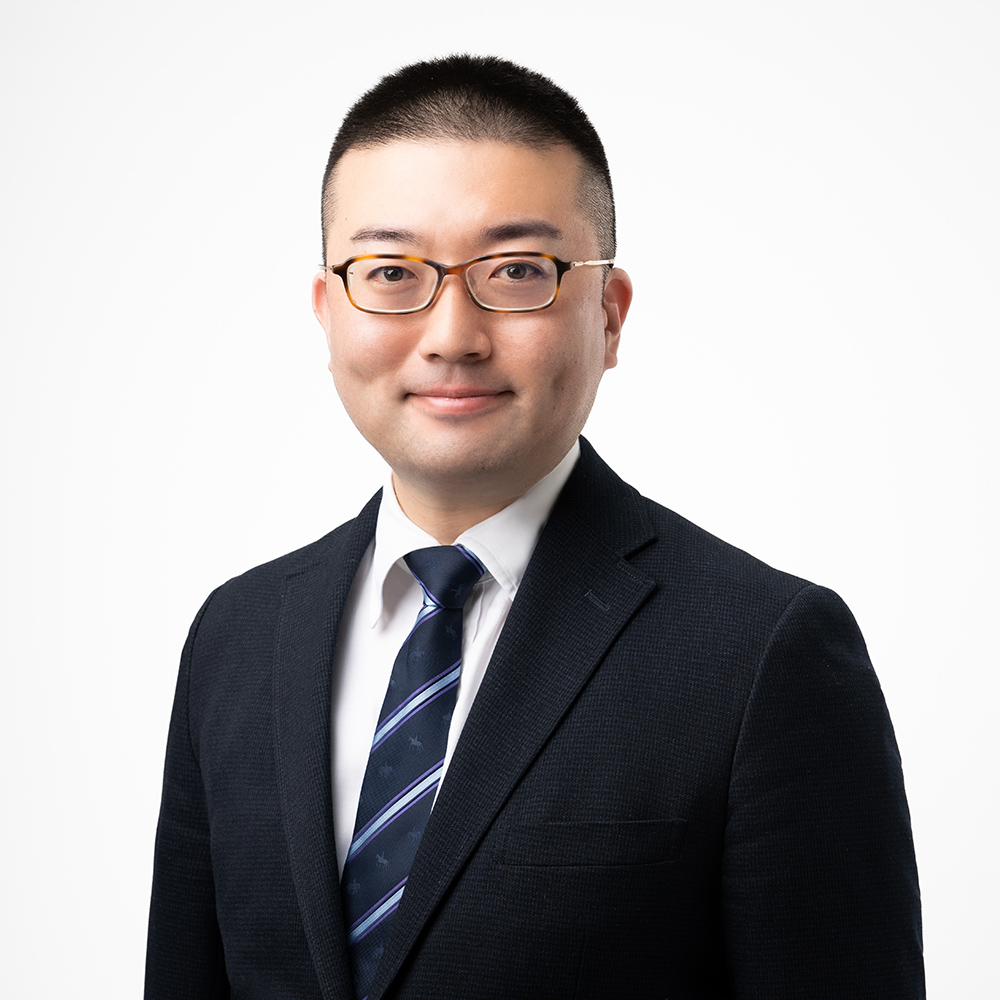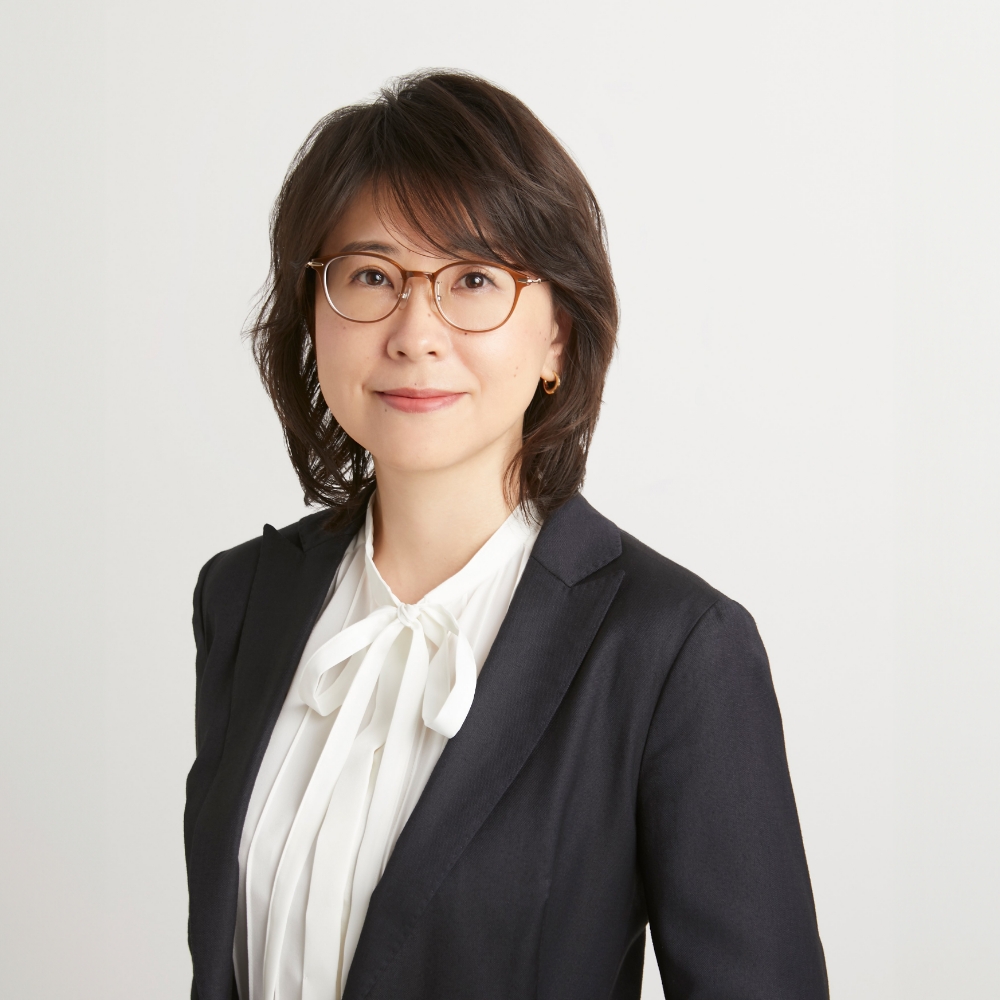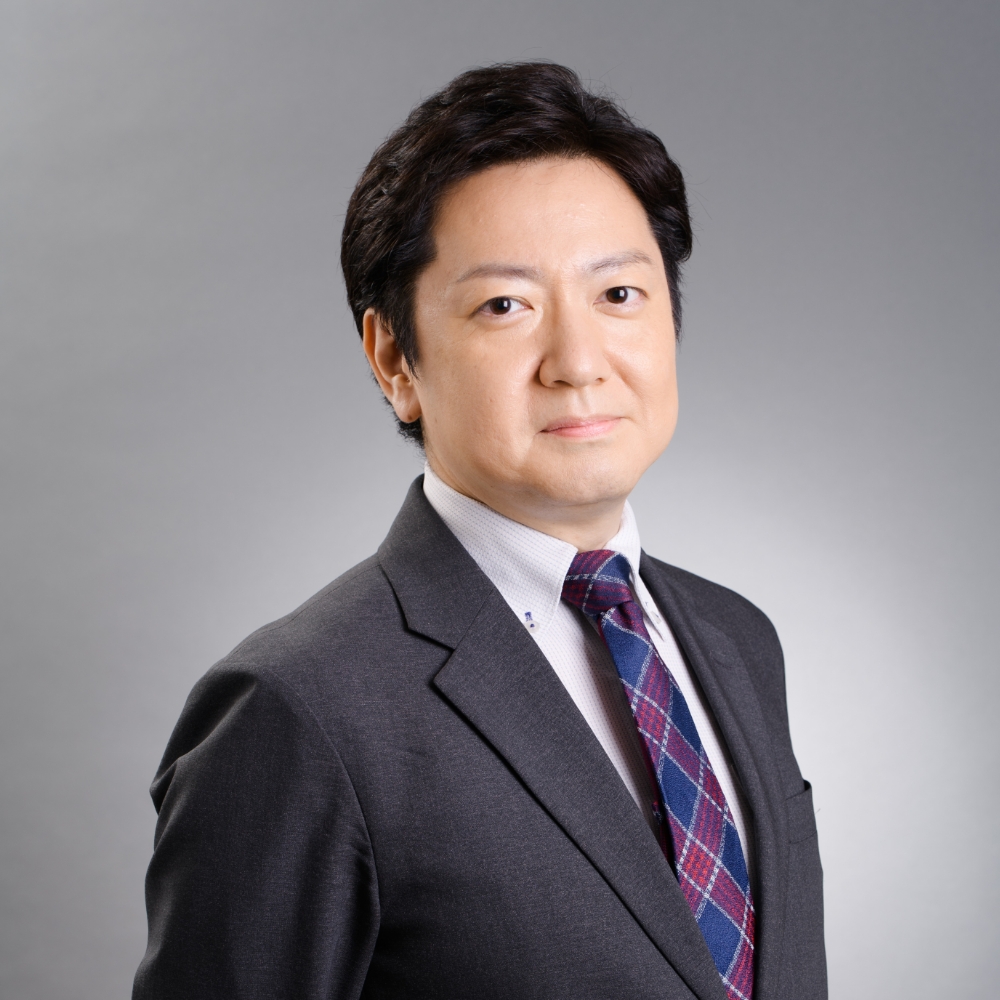Introduction
Over the last few years, a number of Japanese automobile manufacturers have introduced vehicles equipped with features for advanced driving support and for autonomous driving under specific conditions. Legislation responding to such developments is also progressing as technical and legal preparations for the societal implementation of automated driving steadily move forward.
At the same time, as with other technologies that have been introduced to the world and have taken root, whether these technologies take firm root is dependent on how support can be gained from the citizens who will benefit from utilization of the technologies.
Examining cases of the Citizens’ Dialogs sponsored by SIP-adus1, for which we have served as planning and operation secretariat since 2017, we considered elements necessary for gaining the support of citizens to enable societal implementation of autonomous driving technology.
The fiscal 2020 Citizens’ Dialogue was held on January 27 in the city of Maebashi, Gunma Prefecture. Citizens’ Dialogs are dialog events with citizens that have been held since fiscal 2016 to build local societal acceptance for autonomous driving, with the aim of societal implementation of autonomous driving technologies. In response to the COVID-19 pandemic, the latest event was held online via teleconferencing.
Transportation issues in Gunma Prefecture and Maebashi
The region targeted for the event, Gunma Prefecture, is a leading automobile-oriented area of Japan, particularly the city of Maebashi. The area’s reliance on public transportation is extremely low.
Private automobile proliferation in Gunma Prefecture and Maebashi (as of the end of March 2017)2
Gunma Prefecture is the highest in Japan; Maebashi also has among the highest level in the country.
<Proliferation of private automobiles by prefecture>
<Ratio of representative transportation by region>

Composition ratio of main means of transportation by region in Gunma Prefecture3
- Automobiles account for nearly 80% for Gunma overall and for the central area of Gunma, including Maebashi
- Conversely, public transportation, with railroads and buses combined, accounts for only several percent
<Composition ratio of typical means of transportation for elderly persons>
Accordingly, young and elderly persons without driver’s licenses tend to rely on rides from other automobile users rather than public transportation; transporting these users is said to place a heavy burden on the working generation.
- Main means of transportation for elderly persons in Gunma4
Nearly 80% of elderly persons who can drive use their own automobiles to do so. - The ratio of public transportation usage is only several percent even among elderly persons who cannot drive; about half of these persons’ movements are supported by automobile rides from others.
- Main means of transportation for high school commute in Gunma5
Percentage of high school students who name rides from others as means of commuting to school: Approximately 20% in southern region; more than half in northern region
<Ratio of transportation for high school students>

Representative means of transportation to high school / Means of access to train station
Given this situation, the Maebashi municipal government has placed enhancement of public transportation among its transportation policies, and, as part of this, has undertaken a proof-of-concept trial for autonomous driving buses in collaboration with partners including Gunma University and Nippon Chuo Bus Co. Ltd., with the goal of practical use from 2022.
Outline of the autonomous driving bus proof-of-concept trial in Maebashi6
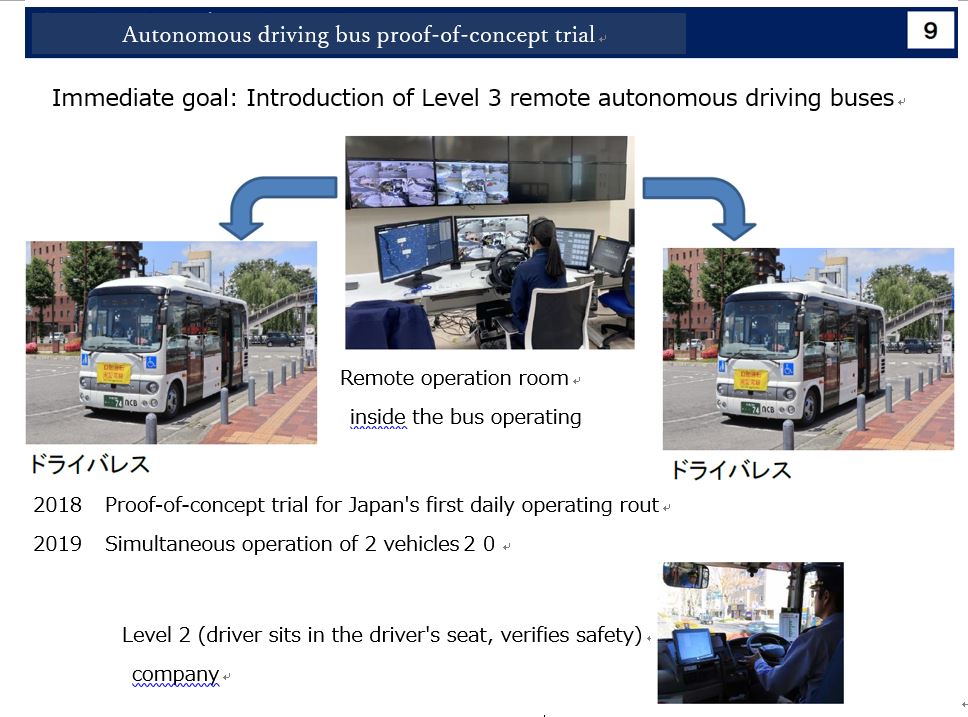
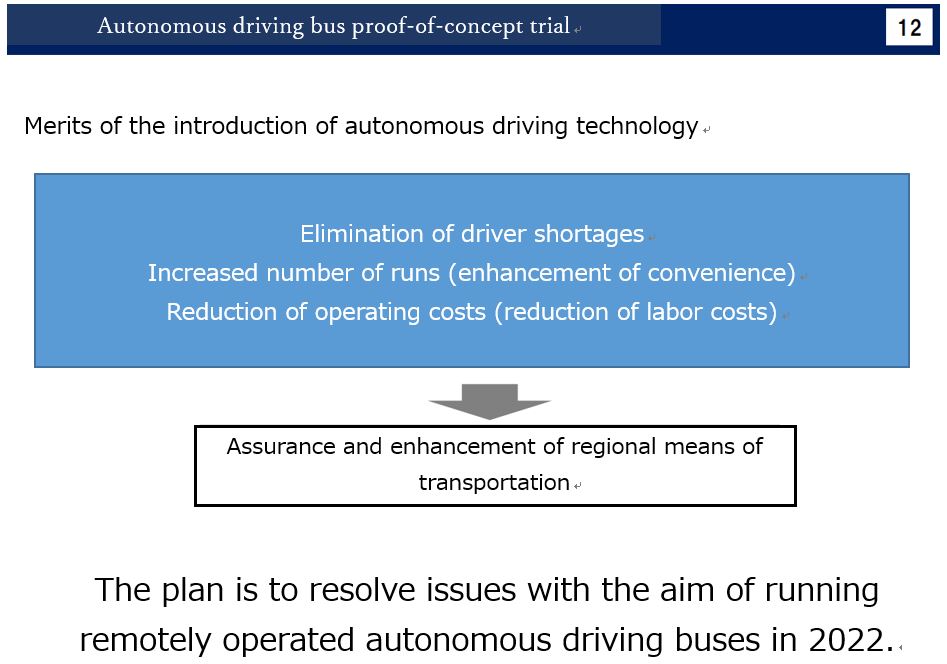
Opinions from citizens, and considerations
The Citizens’ Dialog welcomed 15 diverse citizens of Maebashi, including high school and university students who will be responsible for the future of the city, working people busy with jobs and childrearing, senior citizens beginning to feel unease over their driving skills, business operators in the central city area, residents of suburbs, and workers in the public transportation system facing a harsh business environment. Discussions touched on daily life, movement within in it, and challenges felt as part of it, with exchanges of thoughts on visions for the city and how autonomous driving technology can be put to use.
Among the diverse opinions expressed, two in particular left an impression on me.
One was the opinion that, when autonomous driving technology is implemented in society, it should be considered alongside future-oriented development of compact cities.
At present, the many locations in the city that serve as destinations for people’s various purposes are scattered, making it difficult to get around them.
Even when putting autonomous driving technology into practical use as a service, if these locations in the city are not consolidated to some extent and are not structured to allow efficient movement, the efficiency improvements and other effects obtained through autonomous driving will be lessened.
Visiting Maebashi several times to prepare for the event, I heard from taxi drivers that regular railway users have decreased due to a series of schools and other sites relocating to the suburbs, leading to less activity around train stations. Exploring the neighborhoods of Maebashi to broaden my horizons, I personally experienced the difficulty of moving about efficiently, with city functions dispersed and scattered.
The citizens who participated in the dialog, too, noted that as destination sites are scattered, getting about by means of transportation other than automobile is difficult. Citizens living in the suburbs expressed the opinion that, considering the maintenance of public transportation and other public services, as well as protection of the environment, people should be induced toward living in the city rather than the suburbs.
I keenly felt the need to consider such perspectives of long-term town development, how to structure mobility in the city, and how to make use of autonomous driving there, all in combination, in order to make the technology a truly sustainable means of getting around for citizens.
The other opinion that left an impression on me concerns the importance of the public having awareness of the autonomous driving proof-of-concept trial, actually experiencing it, and understanding issues involving local lifestyles and traffic as matters of concern to themselves, not only to others.
Maebashi City has been working on proof-of-concept for autonomous driving buses for several years as noted above, but about half of the citizens who participated in the dialog were not aware of the efforts.
However, by participating in the dialog, people were able to hear about the situation of lifestyles and movements of other citizens with whom they normally have no contact, and became more aware of and interested in the outlook for urban development and transportation in Maebashi, with the result that many wanted to try out the autonomous driving buses.
As was touched in in the keynote speeches by Gunma University and Maebashi City Hall at the dialog, when questionnaires of persons who have experienced autonomous vehicles are analyzed, it appears that actual riding experience helps advance an understanding of both good points and points for improvement, with the result that groundwork for acceptance will be readied and the proliferation of autonomous driving will gain momentum.
According to Gunma University Associate Professor Ogitsu, this is why it is important to conduct proof-of-concept trials for autonomous driving throughout the country and let people experience riding.
While getting people interested in learning about varied issues related to the lives and movements of diverse citizens and about the initiatives toward autonomous driving, while getting people to go beyond imagination or theory to actually experience autonomous driving, are of course obvious steps to take, how quickly and broadly this process can be reproduced appears to make a great difference in the degree of citizens’ support for autonomous driving and, as a result, in the speed of its social implementation.
The discussions in the dialog were featured in local media including the Jomo Shimbun, and in the blog of the Mayor of Maebashi.7
Summary
The dialog allowed me to gain points of contact with Maebashi and with citizens who live there. Wondering, however, what sort of life the citizens of Maebashi and of the nation itself hope to realize through the use of autonomous driving technology, I came to wish all the more to make some small contribution to the implementation of autonomous driving technologies and the achievement of safer and more secure lifestyles and mobility.
Moreover, to promote action toward the above-mentioned reproduction as well as to accelerate social implementation, I felt the importance of crossing the boundaries between regions and companies, collaborating with like-minded colleagues, and undertaking the creation of mechanisms and systems for the promotion of mutual understanding through dialogs with citizens, as well as the raising of awareness and promotion of experiences involving autonomous driving technologies.
– end –
1 SIP is a national project established by the Council for Science, Technology and Innovation of the Cabinet Office, which functions as a command center for science and technology, to bring about innovation in science and technology through management that crosses government agencies and conventional fields. It works to promote industry-academia-government collaboration centered on program directors who provide powerful leadership for programs, and promotes end-to-end research and development spanning basic research to exit strategies.
SIP-adus (from Automated Driving for Universal Services) is an autonomous driving initiative within SIP that advances research and development aimed at reducing traffic accidents, alleviating traffic congestion, securing means of transportation for the elderly or other persons facing traffic restrictions in rural areas, and otherwise resolving social issues. In the second phase of SIP, it will expand the scope of application of autonomous driving to general roads, and will promote the practical realization of logistics and transport services utilizing autonomous driving technologies.
Source: https://www.sip-adus.go.jp/sip/
2 Source: Maebashi Master Urban Plan
3, 4, 5 Source: “Gunma Prefecture Person Trip Survey” Gunma Prefecture Comprehensive Urban Transportation Planning Council
6 Source: “Traffic Issues/Vision and Autonomous Driving in Maebashi” Maebashi City Hall Policy Department Traffic Policy Division, January 27, 2021
7 “Information on Maebashi Transportation Policy” Blog of Maebashi Mayor Ryu Yamamoto, February 18, 2021
https://ameblo.jp/ryu-yamamoto/entry-12657538755.html



